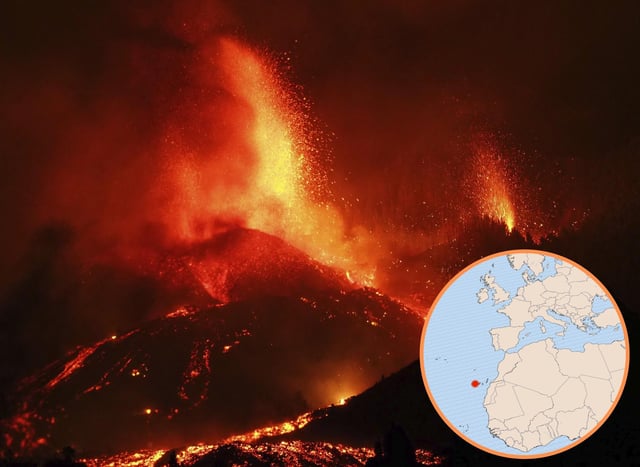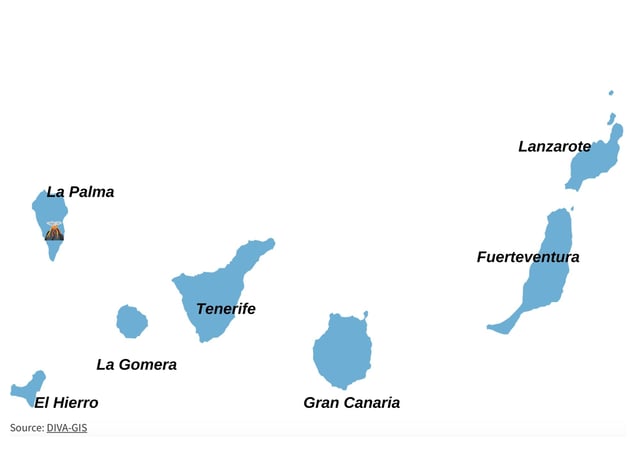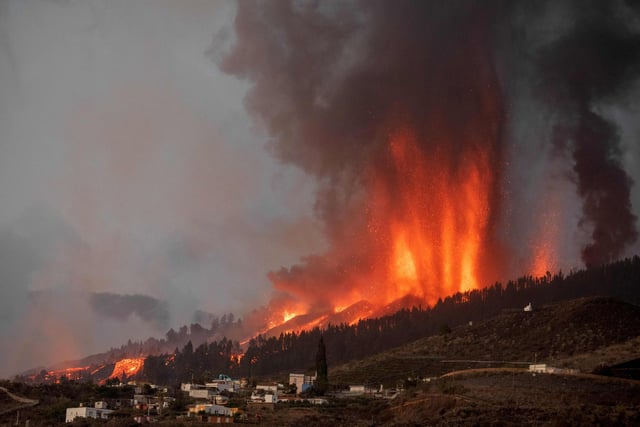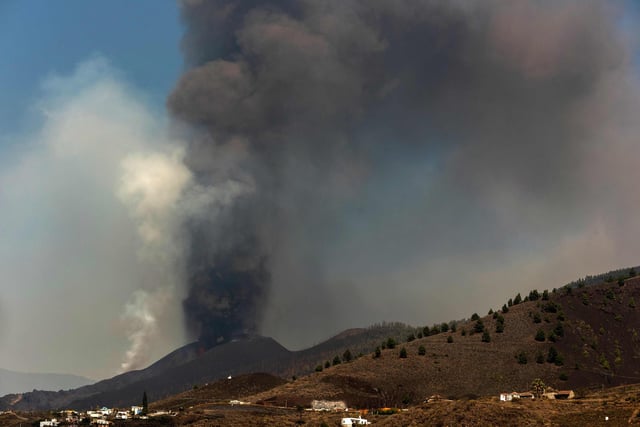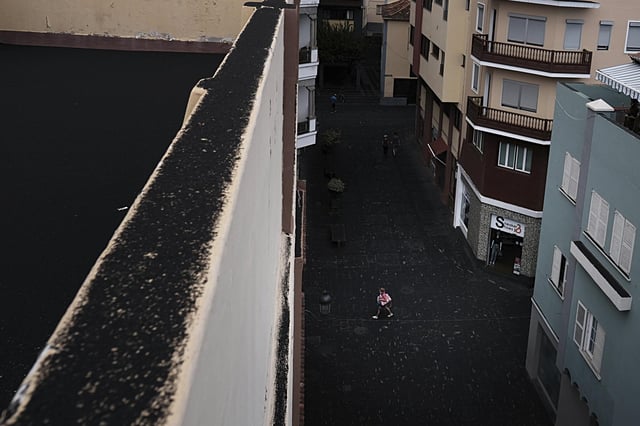Antonio Cipriano is the latest star of Broadway's Jagged Little Pill to speak out against the alleged "harm" inflicted by the show's producers against the trans and non-binary community.

© Matthew Murphy "Broadway should be a safe space for everyone," Antonio Cipriano wrote as he announced that his performance with the cast at Sunday's 74th Tony Awards would be his last
The actor, 21, announced that he is exiting the jukebox musical following his performance with the cast at Sunday's 74th Tony Awards, where the show is up for 15 awards, including best musical. "After four years of being with Jagged Little Pill, the Tony's tonight will be my final performance with the show," he began his statement posted to Twitter.
"Your love and support over the years means more to me than I could explain, and I will always hold that close to my heart," Cipriano continued. "With that, I have to acknowledge the harm that many trans + non-binary, and all marginalized folks, on-stage cast members and off have endured through the years. "
RELATED: Jagged Little Pill Broadway Stars Accuse Producers of Harm 'to the Trans and Non-Binary Community'
"Broadway should be a safe space for everyone to create and experience art. All artists deserve to exist fully and authentically. As a member of the community, I recognize my privilege and take responsibility for being part of the harm caused. Representation, mental and physical health are extremely important. I'm hopeful for a more equitable future where the right changes and protection are put into action. I am lucky and grateful to be a part of this community and I am hopeful to see what change we as a collective can make going forward. I love y'all from the bottom of my heart," the actor concluded.
"Your love and support over the years means more to me than I could explain, and I will always hold that close to my heart," Cipriano continued. "With that, I have to acknowledge the harm that many trans + non-binary, and all marginalized folks, on-stage cast members and off have endured through the years. "
RELATED: Jagged Little Pill Broadway Stars Accuse Producers of Harm 'to the Trans and Non-Binary Community'
"Broadway should be a safe space for everyone to create and experience art. All artists deserve to exist fully and authentically. As a member of the community, I recognize my privilege and take responsibility for being part of the harm caused. Representation, mental and physical health are extremely important. I'm hopeful for a more equitable future where the right changes and protection are put into action. I am lucky and grateful to be a part of this community and I am hopeful to see what change we as a collective can make going forward. I love y'all from the bottom of my heart," the actor concluded.
Cipriano plays Phoenix in Jagged Little Pill, which opened on Broadway in December 2019, using songs from Alanis Morissette's 1995 album of the same name. The show tells the story of the Healys, a suburban Connecticut family hiding a well of issues behind their picture-perfect façade.
Celia Rose Gooding, who will also retire her run as Mary Frances "Frankie" Healy after the performance at Sunday's awards show, bid farewell to the musical on Twitter on Friday while calling out the producers' alleged behavior (the show has a total of 42 producers, according to its website).
"While performing at the Tonys has been a lifelong dream of mine, I do not want my performance to act as a distraction from the fact that Broadway has a lot more work to do to be the safe, equitable space that artists of all walks of life deserve," Gooding, 21, wrote.
RELATED: Tony Awards 2021 — a Complete List of Winners
"That being said, I cannot ignore the harm Jagged has done to the trans and non-binary community, including cast members on stage, off stage, and behind the scenes in the production-making process. They are owed a space to exist and perform free of transphobia, and the opportunity to tell their own stories, just as I have over the years," she shared.
"Action statements have been released, and I look forward to witnessing these changes; but I believe it will be in my best personal interest to focus more on work that I can align myself with emotionally and morally, just as Frankie would," Gooding continued.
Nora Schell, a non-binary actor who made their Broadway debut in the chorus and other roles on Jagged Little Pill, wrote that they were "heavily pressured and eventually asked to wait to get NECESSARY surgery to remove polyps from my vagina."
After being diagnosed with Polycystic Ovarian Syndrome (PCOS) in 2019, Schell wrote that they communicated their condition to the show's management, also letting them know that they were struggling with anemia due to the subsequent blood loss from their PCOS. Schell said they were told that the information would be relayed to the creative team, but allegedly, that never happened.
Schell recounted losing consciousness due to their anemia during a dress rehearsal and wrote that a "higher up" told them to "push through."
The inaction that followed their complaints "allowed me to be intimidated into staying and performing when I was clearly not well," Schell wrote, adding that a costar ultimately advocated for them and they were allowed to go home.
RELATED: Moulin Rouge! Tony Winner Karen Olivo on Why They Left Show: 'Something Really Shifted in Me'
"After surgery I was intimidated by company management. The validity of my recovery period was diminished and dismissed. I was told 'I need to work to get paid' and that 'I can't expect to be paid when taking personal days,'" they wrote. "When I relayed the possibility of these growths returning/needing surgery again in the future, I was met with exasperation and told that if I had to take off it wouldn't be considered paid medical leave."
RELATED VIDEO: Alanis Morissette Is Coming to Broadway! 'Jagged Little Pill' Musical to Premiere in the Fall
Additionally, Schell wrote that their gynecologist said she "could not ethically continue to operate" on them if they remained in a work environment that ignores their medical needs.
"I've been vaguely referencing mistreatment for years, and this is certainly not an exhaustive account of my experiences, but it is certainly the most alarming, fundamentally wrong and DANGEROUS incident I experienced. I'm still dealing with the consequences of waiting to get this surgery," Schell concluded.
The lead producers issued a social media statement ensuring a "comprehensive investigation" on Saturday.
"We are deeply troubled by the recent claims that have been made by a former cast member. We met with our cast and members of our core creative team today to let them know we take this matter very seriously, and to share with them the actions we are taking in response," the statement read in part. "Broadway shows are by their very nature collaborative human efforts, so there is nothing more important to us than our people. We are committed to continuing to nurture a work environment where everyone feels valued and respected."
The show also previously faced controversy over the character Jo Taylor, who was originally written and played as non-binary during a run in Boston. However, when the show went to Broadway, the role was depicted as a cisgender gay female.
Lauren Patten, the actress who plays Jo, shared a conversation she had with transgender actress and activist Shakina Nayfack last week, discussing her role in the character's development.
"I am profoundly sorry for the harm I caused, and I am thankful to Shakina, as well as the friends and colleagues with whom I have spoken privately, for holding me accountable," Patten, 29, wrote with the video. "It is my deepest hope for Jo to be a character that can be claimed and owned by folks of many queer identities — butch and masc women, nonbinary and genderqueer folks, trans men, and many more. Theatre has the power and the potential to be expansive, and I hope that Jo can be a representation of that moving forward."
RELATED: All the Broadway Shows Opening or Returning as N.Y.C. Theaters Reopen Their Doors
Producers also addressed the "reasonable and deeply felt upset around the issues of transparency and accountability and the character of Jo" in a statement released last weekend, outlining several actions they're taking in response.
"As leaders of this very special enterprise, we should have done better and recognize our failure and its consequences," the statement read. "We put our cast and our fans in a difficult position. Torn between their love for the show we created and their hurt and disappointment around this issue and with our words (and then with our silence)."




















